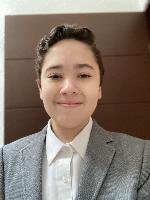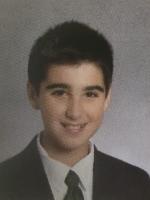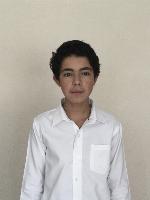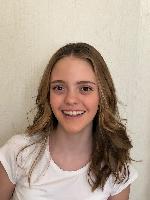

Beep Beep, I Can Read On My Own |
Participate and share : Poster
Mariana Denisse Ramírez Sánchez Ana Vignon Isaac Yair Gonzalez Baron Verónica López Hoyo María Elena Miranda Gutiérrez Adrián Aljan Domonte Santiago Ruiz Ramírez Andrés Ruíz Lira Xavier Iñaki Ferragut Giovanini Alejandra Gómez del Campo Rábago
See how middle school students used TinkerCAD to design a reading board that enabled visually impaired preschool children to identify 3D Braille code. Joining letters to form words on the reading board allowed the children to hear the correct phoneme combination. To translate the Braille code into sound, students used coding tools and invention kits.
| Audience: | Principals/head teachers, Teachers, Teacher education/higher ed faculty |
| Skill level: | Beginner |
| Attendee devices: | Devices not needed |
| Topic: | Assistive & adaptive technologies |
| Grade level: | PK-12 |
| Subject area: | Language arts, Special education |
| ISTE Standards: | For Students: Empowered Learner
|
| Additional detail: | Student presentation |
In an inclusive educational environment all students get benefited (Zero Project, 2019). This reading board makes this more feasible by supporting the reading process in visually impaired children. When students empathize with the necessities and abilities of disabled students they learn several social competencies by discovering that all have the same interests and goals and that having equitable opportunities everyone can achieve to potentiate their abilities making inclusive education feasable (UNESCO, 2017). Middleschool students through a design-thinking methodology empathized with the necessities and problems of visually impaired pre-school students. They broke down the problem till they reached the conclusion that there was no easy to access device that translated the Braille code into sound. Students remembered their "read and listen" books and thought that these could be a useful tool to enhance the reading process of visually impaired children. They curated different invention kits and 3D design software till they found the one that enabled them to build the reading board prototype to address this need.
https://en.unesco.org/themes/inclusion-in-education
https://maker.pro/custom/tutorial/introduction-to-tinkercad
https://resilienteducator.com/classroom-resources/inclusive-education/
https://www.circuito.io/blog/arduino-code/
https://www.ideou.com/pages/design-thinking
https://www.interaction-design.org/literature/article/5-stages-in-the-design-thinking-process
https://www.makerspaces.com/arduino-uno-tutorial-beginners/
https://www.pathstoliteracy.org/blog/should-my-child-read-print-or-braille-or-both-or
https://www.pathstoliteracy.org/teaching-braille-young-children
https://www.programoergosum.com/cursos-online/impresion-3d/902-introduccion-a-tinkercad/introduccion
https://www.teachingvisuallyimpaired.com/braille-instruction.html
https://zeroproject.org/indicator/10-education/
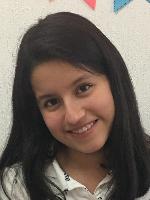
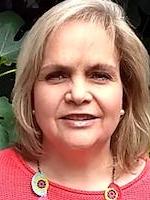


I have been a Physics teacher for Middle and Highschool for the last 18 years, and each year seems like the firs one. Each year is a new challenge full with excitement. Each year I get to learn more from my students. I am an Industrial Engineer with a Master in Education. I am married and have two sons. My students have been presenters as ISTE four times.


